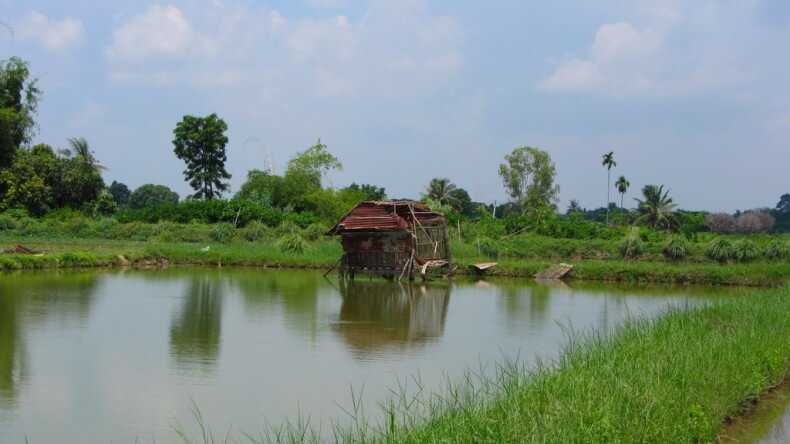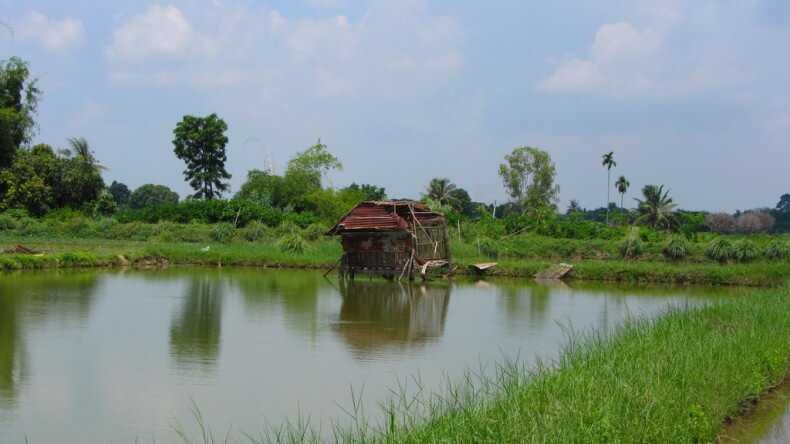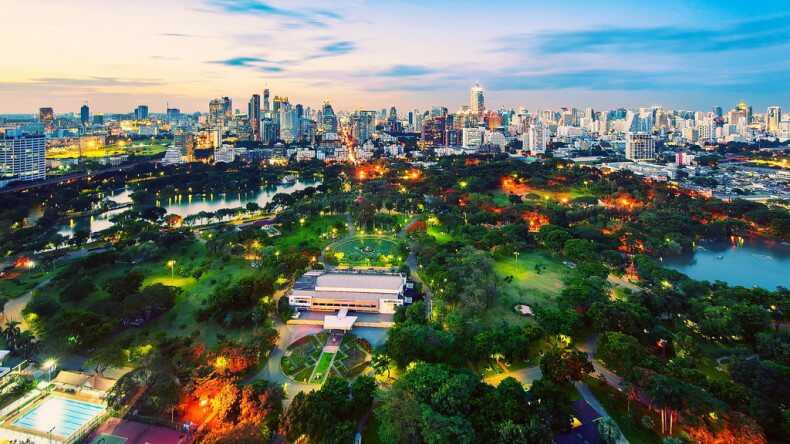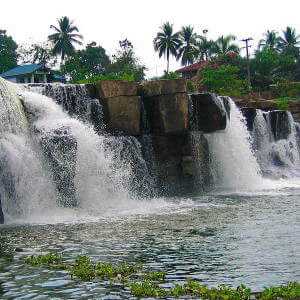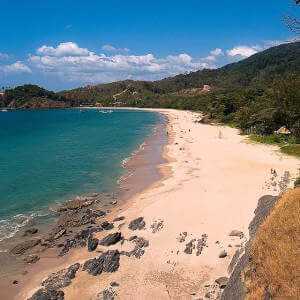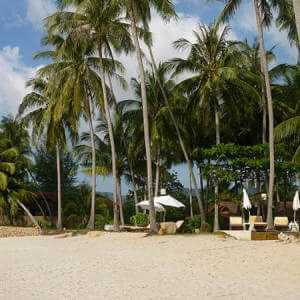Thailand is conventionally divided into four territories which differ in climate conditions, landscapes, flora and fauna. Each tourist, if he wants to know this country exactly as it is, can visit any of them. For example, the foothills of the Himalayas or the north-east, not yet inhabited by tourists, rich in historical and natural monuments. Economically developed central regions of Thailand will open you the mystery of the rapid growth of one of the dragons of Southeast Asia, and a trip to the south will enjoy a real tropical paradise. The nature of Thailand is so diverse that a trip to each region of the country can be considered a visit to a completely different country.
The nature of Thailand.
North of Thailand
.
North Thailand borders Laos and Burma. These are the foothills of the roof of the world, the Himalayas. Here dense forests on the slopes are interspersed with fertile valleys. A sparsely inhabited region in which wild elephants neighbor small peoples and tribes still leading primitive communal lifestyles. The exuberance of Thai nature, the inexpressible atmosphere of ancient cities, folklore festivals and holidays, a touch of thousands of years of tradition – that’s what you can find attractive in the north of Thailand.
Northern Thailand’s nature
Isan
.
In the northeast lies the special region of Isan, which few tourists get to. Isan’s nature is characterized by wider valleys and less scenic mountains than in the north. In the forests of Isan, which have been turned into national parks in Thailand, there is considerable material evidence of ancient Khmer culture. It is a poor agricultural area inhabited by a hospitable people. Laotian and a special dialect of Thai are spoken there. It is here that you can try exotic, even extreme dishes made from insect.
Center of Thailand
.
The most economically developed region. It is located between the Korat Plains in the east and the mountain range in the west, forming a natural demarcation line separating Thailand and Burma. The nature of this region is characterized by fertile fields, a well-developed river network and numerous irrigation canals. Here flows the Thai Volga – The Chao Praya River, which arose from the confluence of the rivers Nan, Wang, Ping and Yom. The abundance of water makes the center of Thailand its breadbasket, where rice, the staple food of Thais, grows. In large cities, situated on the banks of rivers, there are many bright and bustling markets, organized right on the water. Here are the most important historical and iconic buildings of Thailand. Here beats the heart of the country – Bangkok, a metropolis and a real human “anthill”.
South of Thailand
South of Thailand can be roughly considered anything south of the city of Chumphon. It occupies the entire center of the Malacca Peninsula. Its eastern coast is washed by the Gulf of Thailand, and the western coast by the Indian Ocean. In the south of the region is the border between Thailand and Malaysia.
This region has pretty picturesque Thai nature, low mountains, covered entirely with tropical forest. The jungle hides insanely beautiful waterfalls and towns with thousands of years of history. It is a multicultural area where Buddhist temples peacefully coexist with Muslim mosques.
Nature of southern Thailand
The west coast of this region, washed by the Indian Ocean, is adorned with countless islands, with gorgeous beaches framed by tropical vegetation. The sea is teeming with life and its coral reefs are a veritable treasure trove of Neptune. The south of Thailand is also a place where there are rich oil reserves.
Read More:- Ko Lanta Island – Who Should Go and How to Get There.
- Angtong National Marine Park – Nature, Islands, Excursions.
- The 2004 Thailand tsunami – should we be afraid of it now?.
- 10 of the most beautiful ancient cities in Thailand!.
- Peculiarities of Thailand's rivers.
- Weather, beaches, prices in Phuket in summer – June, July, August.

